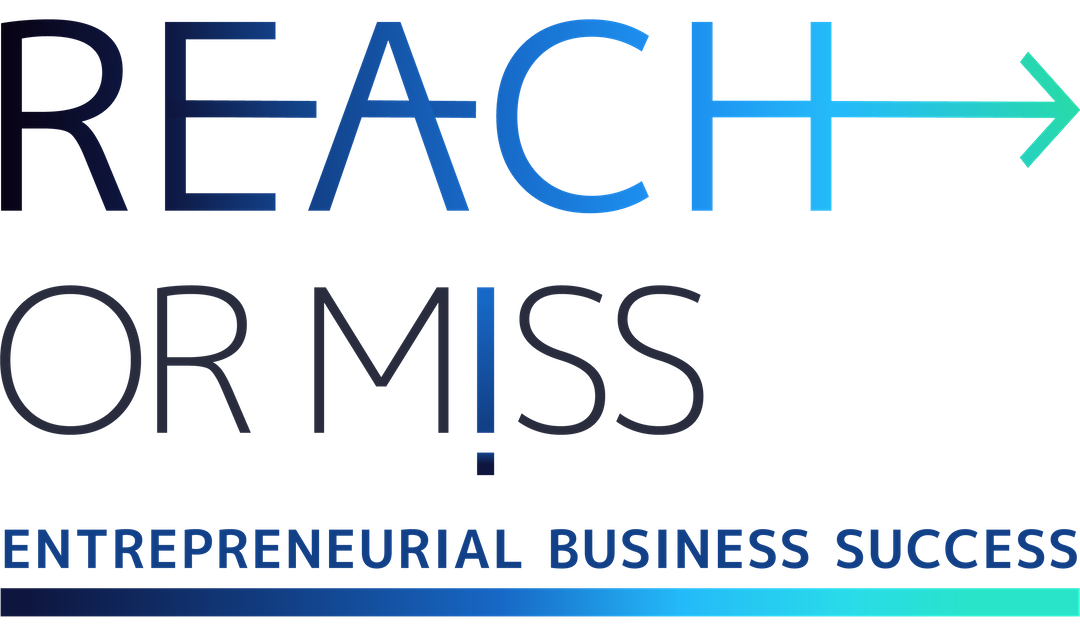Ep. 152 – Social Media is the best chance for entrepreneurs to reach fast, big, long-term success – Heading to the SMMW20 conference
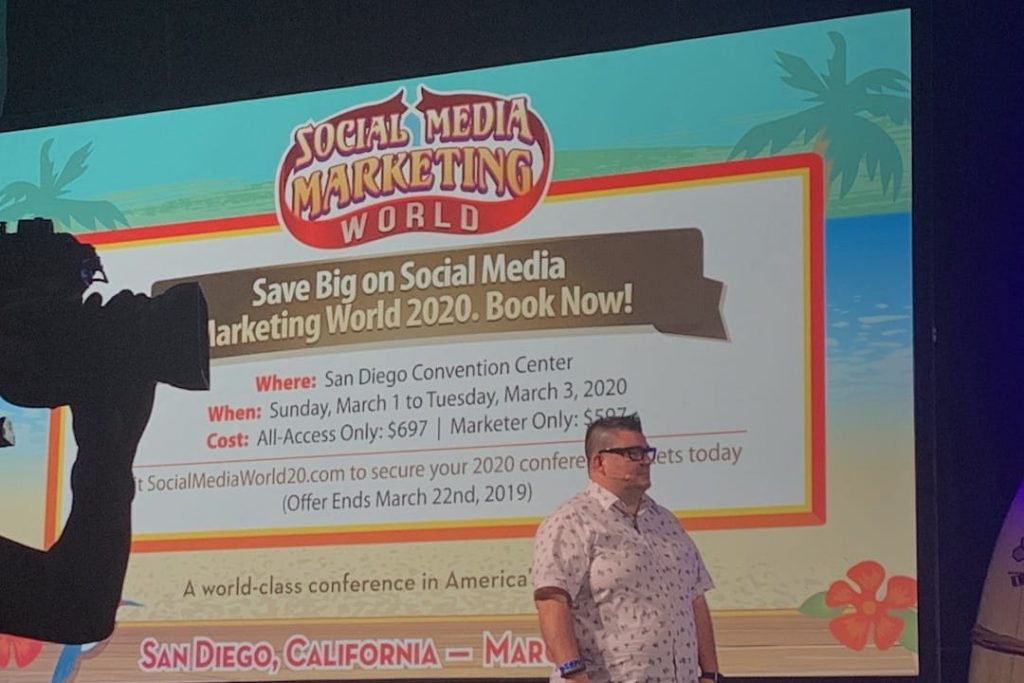
Three entrepreneurs who used social media to stand>
out and one influencer that helps us understand what’s next
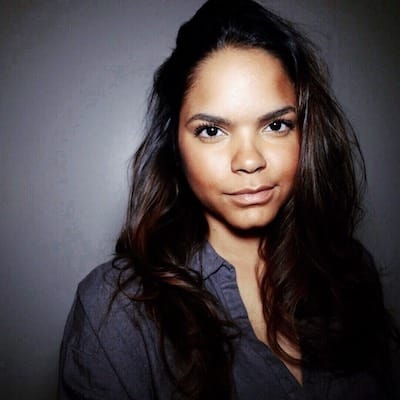
Dhariana Lozano
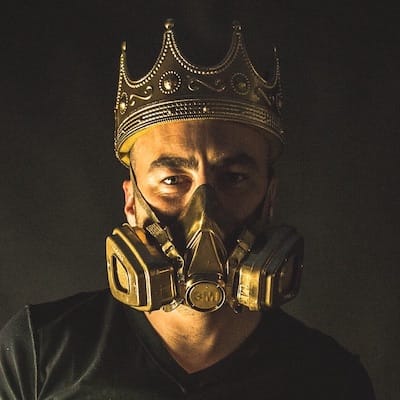
Blake Jamieson
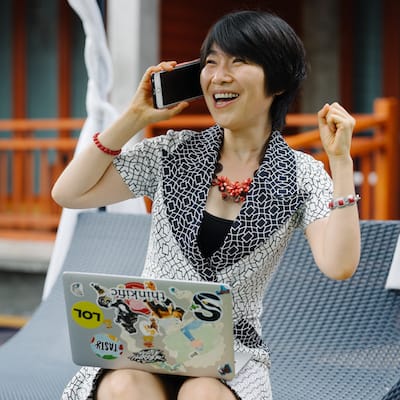
Dr. Ai Zhang

David Meerman Scott
Wednesday, February 26, 2020—I’m making my last preparations for my flight tomorrow to San Diego, where I’ll attend the largest and most important international conference for social media. In my bag, along with my laptop and book, are two of the best face masks, which I promised my daughter (and the mother of my first granddaughter, four months old) that I’d wear throughout the flights to the conference—a 22-hour journey. The coronavirus crisis is huge.
For the sixth year in a row, I’m flying to the Social Media Marketing World Conference in San Diego … and I don’t even provide social media services to my clients. However, throughout the last 12 years (among my 33-year career in executive marketing positions), I have helped entrepreneurs achieve business success. Social media is, by far, the most important method that any entrepreneur can use today to become known, stand out from the crowd, and reach sustainable success.
Wednesday evening news: The health department just published new instructions and recommendations to avoid flying abroad and to avoid participation in international conferences.
I won’t be able to physically attend the conference in San Diego this year.
Within 24 hours, I made all the needed arrangements to cancel my flights and replaced my attendant in-person ticket to the virtual ticket.
So, especially for the Social Media Marketing World Conference, let’s listen to three entrepreneurs who used social media to stand out and start building their successful entrepreneurship, and to one of the most important influencers in the field.
Blake Jamieson studied economics and today is a portrait artist for professional athletes.

Blake’s story
- I grew up in a very creative household. I was always encouraged to paint, or draw, or do photography – all the things I do today. However, I convinced myself, from a young age, that art was about being a starving artist and that it was not a career path.
- Instead of doing what my parents encouraged me to do, which was to study art in college, I decided to study economics and tech. I thought this was the safe path at the time, and I aimed to have a career in marketing.
- When I graduated from college, social marketing was just starting to become an actual, respected career. I was able to get into very grounded levels for some reputable companies and work my way through several different companies. Then I spun off and started working for myself as a freelancer.
- Ultimately, on my 30th birthday, I decided that I was tired of working for someone else’s dream. I wanted to follow my own dreams and I realized that maybe my parents had been right all along…
- I’m very grateful. Due to my background in marketing – especially digital marketing – and my experience in marketing a wide range of products, I understand how social selling works and how it is really a relationship-building business. I built up a moderate following of friends, family, colleagues, and people I met along the way.
- When I first decided to start painting, I knew that I had to specialize and come out with a specific niche. I decided that I would paint a specific painting for a specific subset of people.
- Because of my networking at the time, I decided to paint for offices, especially for tech companies. I met with the people on my contact list and told them that I was an artist and that I painted office art for tech companies.
- At first, I painted many paintings of Steve Jobs, Gary Vaynerchuk, and different iconic tech founders. Those tech companies aspired to be like them and wanted to put a picture of Steve Jobs, or motivational quotes, in their offices.
- I did that for two years and it was going well. I had my niece called out and I was gaining a reputation as one of the leaders in the space of Portrait Painting for Professional Athletes.
- There was a really lucky coincidence that when I delivered art in Las Vegas, I met a guy who played in the NFL and who was now a manager of existing players. He really loved my art and asked me to paint a few of his clients as a gift that they would post about and promote to their followers. It might create new opportunities.
- I did some paintings of a few of his NFL players. In the process, I learned that NFL players are very competitive. If one guy has a painting, the other player wants a bigger painting. They also have the income to pay for that, as well as a lot of followers.
- I pivoted my business three years ago. Today, I paint more professional athletes than any other painter in my space.

Recommendation of a tool for customer focus, marketing, or sales:
- I have two. Number one is LinkedIn because LinkedIn is geared toward professionals. As a visual artist, I don’t have competition there. Tons of people are on LinkedIn and they expect that I’ll talk as a finance person or a developer or a tech person. So, when I can share my paintings, everyone says, “Wow, that’s different” … and, actually, that’s how we connect.
- For me, LinkedIn is so fantastic because the competition isn’t there. Artists don’t go to LinkedIn but most of my clients do. For any other entrepreneur, the answer is not necessarily LinkedIn, but any network where your competition isn’t active but your clients are.
- The second one that is often overlooked is Twitter. It’s the only place where you can find real-world conversations in the public space and it still feels organic. You can become part of the conversation without feeling like spam.
Dhariana Lozano realized how small businesses and entrepreneurs can benefit from social media. She left the corporate world and started to help businesses directly.

Most passionate about
- I’ve been in social media marketing for about 8 years now. I started off in the corporate world and I went to agencies and I felt that social media was a bit of an afterthought; people would bring me in last minute into meetings. They didn’t really understand social media and what I could do. I got a little frustrated and I decided I wanted to do this on my own and work with the companies I wanted to work with and work one on one with people to help them understand social media, so that it’s not the last thing we think about, but something they think about in the beginning, when they want to create a campaign or start a business or a product the want to market.
- I started my business about 4 years ago with my partner; we help entrepreneurs, small businesses, large businesses, we help anyone who wants to be on social media.
Dhariana’s most recommended tool
- Because I work in social media, we use a lot of different tools. I’m going to go really simple here:Email. Email helps people communicate; it helps people to reach out to us if there’s a problem.
Dhariana’s key success factor
- I think that It’s because Ireally care. I love social media marketing, I want to help businesses learn and understand my job and social media. I genuinely care, and I want my customers to feel good about what they’re putting up there.
- And I genuinely think that I’ve gotten to the point where I am now, with the support of my business partner, obviously.
Dr. Ai Addyson-Zhang invented School Without Walls and hosts a live streaming show that has enabled her to stand out.
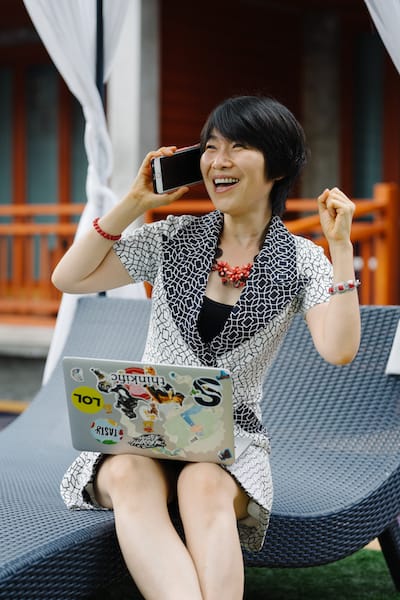
Most passionate about
- For 10 years, I was a professor of communication and public relations at a few universities. Later, when social media became more popular, I started to teach more social media and personal branding classes.
- In May 2019, I resigned from my associate professor position to build my own school. That’s what I’m working on now.
- After teaching in higher education for so many years, I started to notice that our educational system is not really preparing children for the future. In that educational system, we are using a very old model to prepare our children. That hurts me as an educator. I love learning. I love reading.
- I feel like I can better prepare the next generation based on what I have learned from my personal experience as an educator, from the books I’ve read, the conferences I’ve attended, and the people I’ve worked with.
- There are many important missing links that aren’t being emphasized in the traditional model. Like, for example, digital storytelling—our ability to talk to the camera, talk to a computer, engage in a podcast interview, clearly articulate ourselves in the digital age.
- To me, that’s as important as reading, as writing, as sport. Our students are using technology at only a very superficial level. That’s how I started and was inspired to build a better school.
School Without Walls
- The best education takes place outside the classroom. If we think about our students … they feel so lost. That’s something I hear a lot from parents, who are my target audience. They tell me that their children have no idea what to do, even though they
Biggest success due to the right customer approach
- I’ve been hosting my live streaming show for a while and the content I’m sharing is doing the marketing for me quite effectively. People who listen to my show regularly come to me to ask for coaching services or to book me to host a live streaming event for them.
- Understanding what I’m good at—which, in my case, is being a live streaming host—helps me position myself and attract the right audience, especially people in the education space who ask me to host live show events for them, or talk about using technology to break down traditional school and learning physical barriers.
Most recommended technological tool
- For me, one thing that works well is video content. Thanks to video content, I get clients and speaking gigs. Brands like Adobe and HobSpot … they all came to me. Without video content, and especially streaming video, I wouldn’t have been able to grow as fast as I did.
- We want to work with human beings. What a better way to humanize your brand than through live streaming and video content?
 Dr. Ai’s shows:
Dr. Ai’s shows:
One show focuses on social media marketing. It airs every Wednesday at 5 p.m. EST. For all of my shows, I go live simultaneously on YouTube, LinkedIn, Facebook, and Periscope.
David Meerman Scott published the 2007 his book, The New Rules of Marketing and PR, which has influenced many people in the realm of social media, as well as led to a new online world. Five years ago, he recognized that the pendulum had swung, so, with his daughter Reiko, he has written a new book: Fanocracy: Turning Fans into Customers and Customers into Fans.

Most passionate about
- Over the last five years, I’ve been thinking very, very deeply about what’s coming next after the social media and real-time revolution. The reason I’ve been thinking so deeply about this is that The New Rules of Marketing and PRis the book I’m most known for. That book originally came out in 2007 and now it’s in its sixth edition.
- The New Rules of Marketing and PRhas influenced a lot of people but it has also led to a new online world that I think is becoming more polarized. It’s becoming a place where people are just trying to send another email, another piece of spam. They are trying to push out their content in inappropriate ways. There’s even inappropriate use of artificial intelligence.
- I was recently on a site and didn’t even realize, until after a couple of minutes, that I was talking to a robot. And in the political world, the political discourse online is becoming so nasty and mean, even from the President of the U.S.
- What I recognized is that the pendulum has swung in the direction of superficial online.
- But people are hungry for a true human connection. So, I’ve been thinking deeply and writing and researching about how people can have a much more human connection with other people, as well as how businesses can have a much more human connection with their customers.
- Five years ago, I was very focused on the idea that superficial online communication is no longer working for many people. But at the same time, people are fans of the things they love, like a sports team, classic cars, bird watching, or an artist. Everybody seems to have something that they are incredibly passionate about. Many people are incredibly passionate about the companies that treat them well, that treat them like human beings.
- That’s what led us to write that book that turned into Fanocracy— turning fans into customers and customers into fans. I wrote that with my daughter.
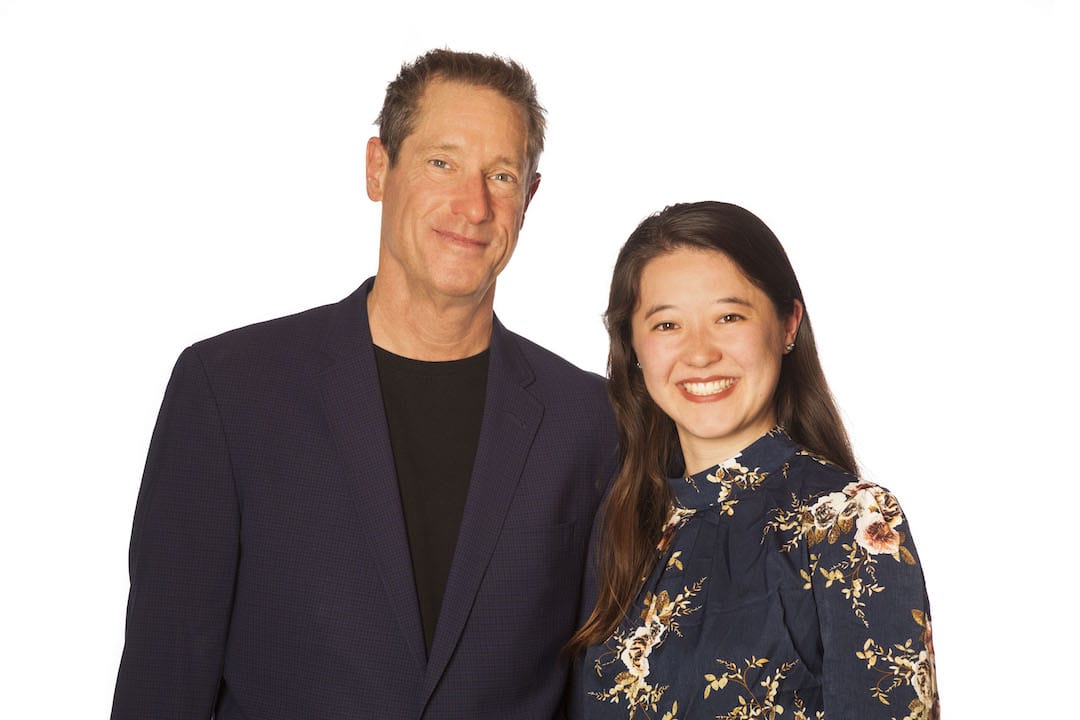
David Meerman Scott and Reiko Scott – authors of the book “Fanocracy: How to Turn Fans into Customers and Customers into Fans”
Biggest success due to the right customer approach
- I have the ability to see patterns in the universe that others don’t see. There were three times when this was really significant. The first time was 20 years ago. The whole world was talking about internet marketing as advertising but I had worked in the news business and I saw internet marketing as publishing content. I saw it completely differently. I saw a pattern in the universe that other people weren’t seeing and that’s what led me to write The New Rules of Marketing and PR. It was the very first book that talked about content marketing or social media marketing. It’s arguably the most popular book on that subject; it has sold 400,000 copies in English and was published in 29 languages.
- The second time I saw patterns in the universe that other people weren’t seeing was 10 years ago, when a few things happened. One thing was that Twitter started to become popular. Twitter is a real-time social networking tool. The second thing was that Google started to index the search engine in real-time. I saw those two things as being unbelievably important. I wrote a book about it, called Real-Time Marketing and PR, and I invented the concept of newsjacking.
- The third time I saw a pattern in the universe that other people weren’t seeing was recently, around this new book, Fanocracy. I was seeing that the pendulum had swung too far in the direction of superficial online communications at a time when people were hungry for true human connection. I really wanted to dig into the subject of how people connect, and I recognized that people who are fans of something will become truly connected. That’s what led to the book Fanocracy.
- My “6 people” say that David is successful because he wrote these books. I don’t think so. I think I’m successful because I have the ability to see things before other people see them and then I write about them. I get the idea out into the universe.
Social Media is still, as I see it, the dominant communication channel through which businesses can connect and engage with their target audience and customers, as well as with influencers, to achieve wide success.
I look forward to watching all the relevant sessions from the (unfortunately virtual) Social Media Marketing World 2020 conference, so that I can gain a wide perspective on the coming year and better understand how my students and customers should use these media to win the competition and become—or keep their positions as—market leaders.
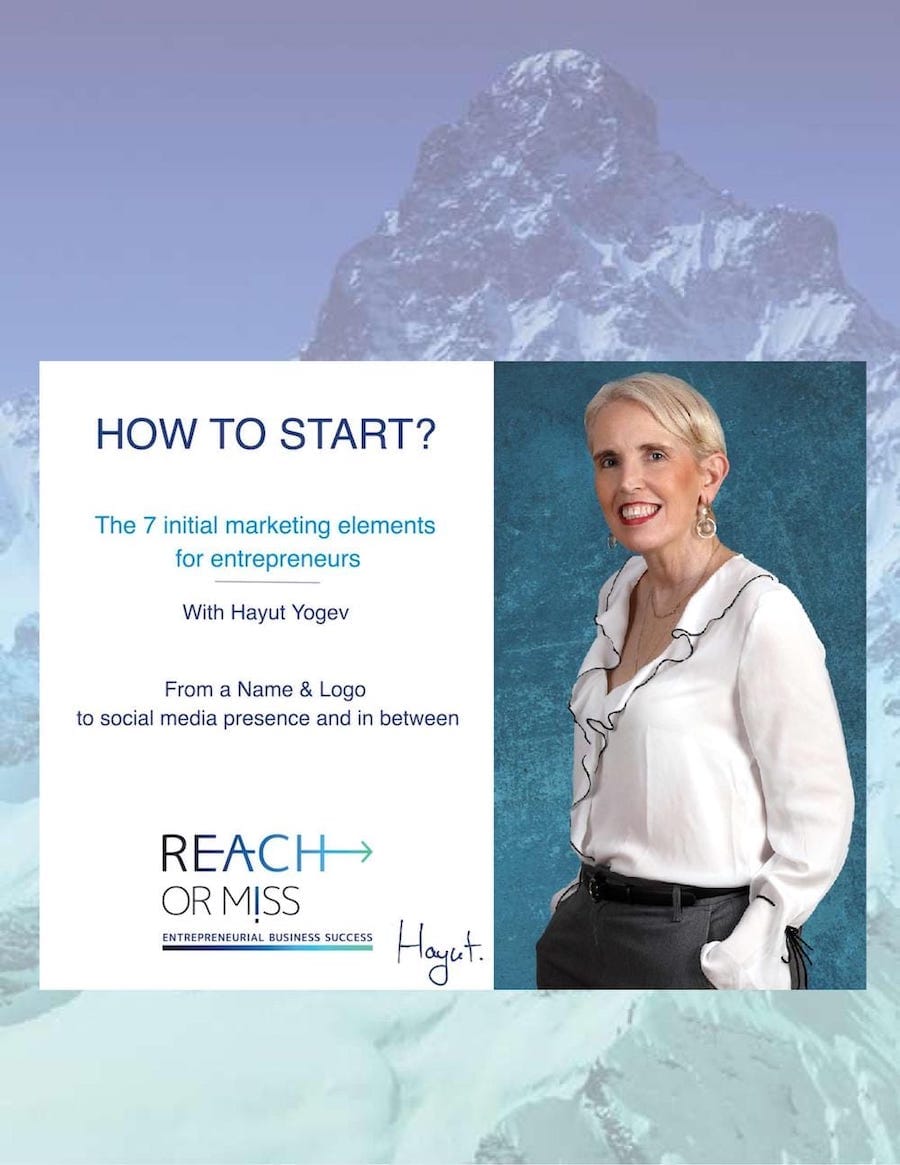 Want to learn how to start your Entrepreneurship?
Want to learn how to start your Entrepreneurship?
Download for Free
HOW TO START ?
The 7 initial marketing essentials
for entrepreneurs
Want to learn how to choose the best Name and Logo? Not sure which customers to focus on right now and where they are? Want to build your website, or trying to figure out how and what content to share on social media?
